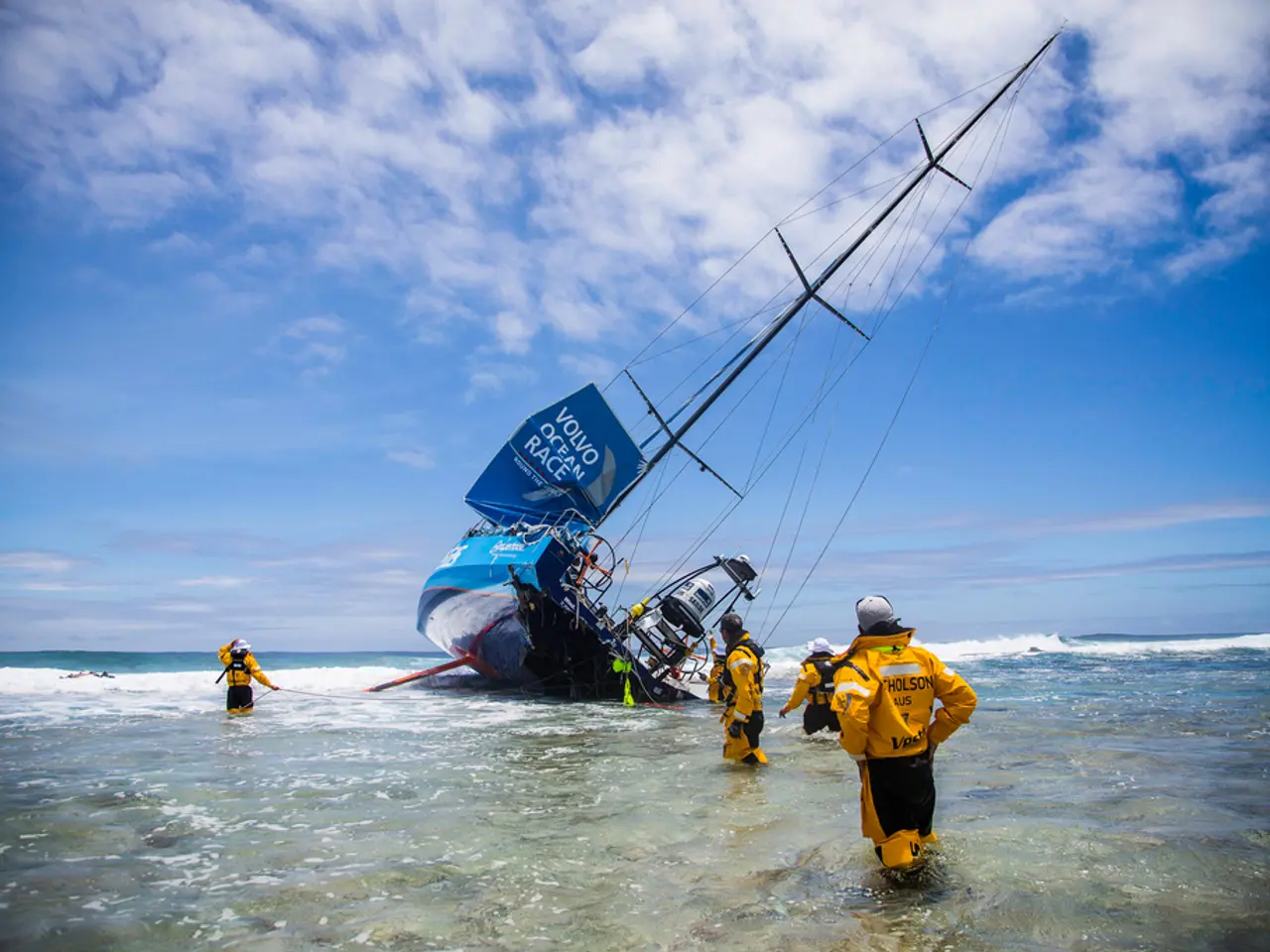Allergie au chaud: Plus de cent décès en France enregistrés - le nombre continue d'augmenter également en Allemagne
In recent months, a significant increase in water accidents and drowning deaths has been reported in France and Germany, particularly during the heat wave that occurred between June 1st and July 2nd. This alarming trend has prompted preventive efforts by organisations such as the DLRG (German Life Saving Association) to address the issue and reduce the number of tragic incidents.
According to data, sixty percent of drowning deaths in France occurred in rivers and other bodies of water, with a total of 429 water accidents and 109 fatalities during the mentioned period. Shockingly, nineteen of the victims were children and teenagers. The rise in water-related incidents has been so dramatic that the number of drowning deaths increased by 58% during the same period, and the German Life Saving Association reported an increased number of drowning deaths in Germany due to the heat. Moreover, the number of water accidents rose by 95% compared to the same period last year.
In response to these concerning statistics, the DLRG has taken a proactive approach to educate the public about water safety. They focus on raising awareness during heat waves when more people seek out swimming spots, providing warnings about risks such as rip currents and unsafe swimming areas. Teaching swimmers how to recognize and respond to rip currents is a key part of drowning prevention, as these currents are a major hazard in open water swimming.
The DLRG also advocates for increased lifeguard presence at popular swimming sites during heat waves. This measure ensures that people in distress can receive prompt assistance. Furthermore, they promote safe swimming practices, such as swimming only in designated, supervised areas and avoiding alcohol consumption while swimming.
In some local authorities, real-time monitoring and warnings about water conditions that increase drowning risk during heat waves have been implemented. This early warning system helps to keep swimmers informed and aware of potential dangers.
As the heat wave continues to impact France and Germany, it is crucial for organisations and authorities to remain vigilant and proactive in their efforts to prevent water-related accidents and save lives. By focusing on enhanced education, supervision, and public safety communication, we can work together to reduce the number of drowning deaths during heat waves.
- Environmental-science experts have noted that the increased number of water accidents and drowning deaths during the heat wave might be related to climate-change effects on weather patterns, necessitating more study and prevention strategies.
- To curb the escalating trend in water-related incidents, several community policies are being proposed or implemented, including stricter regulations for swimming spots safety and mandatory vocational training for lifeguards to ensure competent support during emergencies.
- In response to the dramatic growth in drowning deaths, various organizations, such as the DLRG, are advocating for incorporating weather-forecasting and awareness of climate-change impacts in their vocational training programs for lifeguards and water safety instructors.
- Amid the general-news coverage of increased water accidents, there have been calls for enhanced scientific research to understand the long-term effects of heat waves and climate change on water safety, as well as the development of novel technologies for real-time environmental danger monitoring and prevention.








